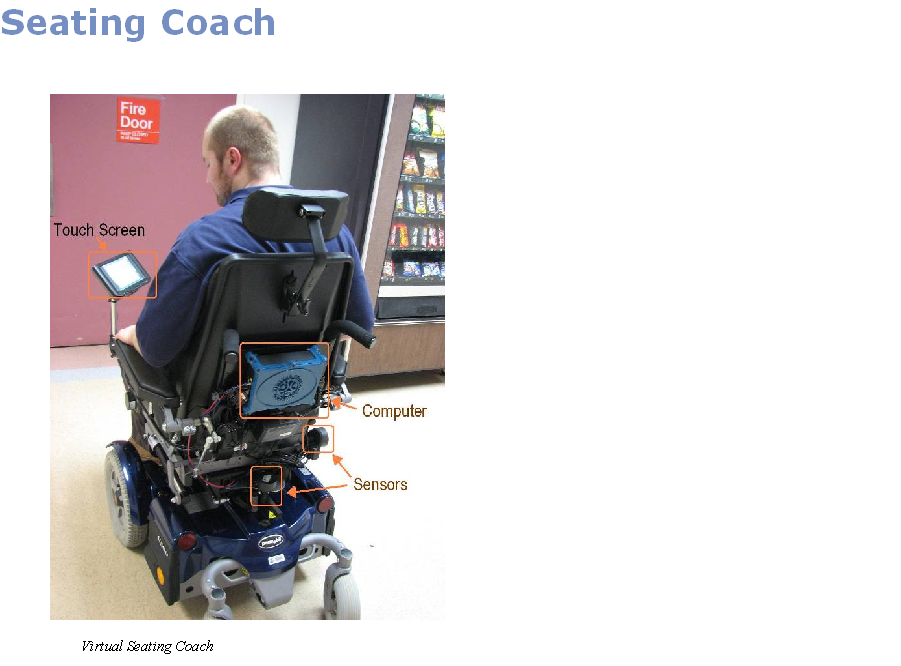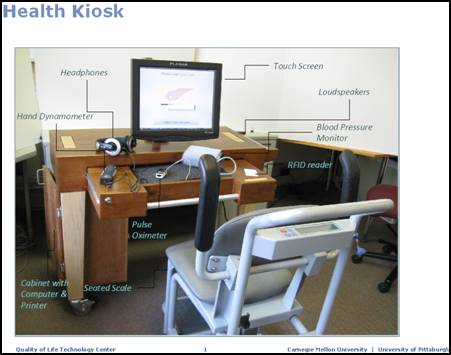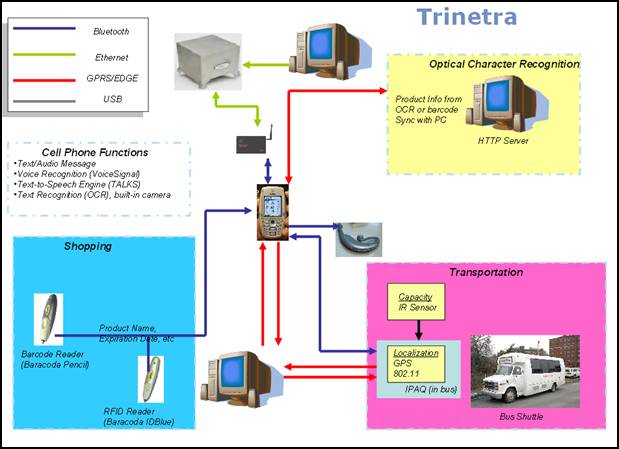3.5.1 Why Integration with Education?
Integrating research and education in the ERC curriculum is an effective way to bring undergraduate and graduate students together into the vision of the ERC and its connection to professional practice. The resulting courses can stimulate undergraduates to join research teams, provide a means to incorporate research findings into future curricula, and can change the engineering and science culture through interdisciplinary emphases. The projects for these classes can be inspired from the ERC’s strategic plan – designing and building systems supporting the top two planes of the three-plane chart. In addition, these courses could select some of the fundamental technology on the first plane to incorporate into their system, thereby accelerating the readiness of the technology for use by others. The topics and case study below illustrate best practices to achieve the desired integration
3.5.2 Culture Change and Joint Responsibilities
One way in which ERCs have changed the traditional discipline-oriented culture of ERC-participating universities through education is by creating new interdisciplinary courses, including interdisciplinary ABET (Accreditation Board for Engineering and Technology)-accredited Engineering Capstone Design Courses, and even new interdisciplinary degree programs. An even more aggressive goal is to have the interdisciplinary courses recognized as fulfilling capstone design requirement in multiple engineering departments.
There are joint responsibilities between research thrust leaders and ERC education or outreach directors with respect to education at all levels, from K-12 to undergraduate to graduate. In addition, there are responsibilities with respect to faculty. In particular, this joint team has to resolve allocations, such as:
- receiving credit in home departments for developing and teaching ERC-related, multi-disciplinary courses;
- materiel costs (e.g., for system building);
- laboratory space; and
- intellectual-property issues.
3.5.3 Challenges
Research thrust leaders within each ERC must strive to develop innovative solutions and structures to secure adequate resources for curriculum development and other education-related activities. Resources may be obtained from multiple sources, including deans, department heads, industry, and research contracts, as well as the ERC budget. The situations in each ERC will be different, and indeed they may be different for each university member of a multi-university ERC.
Another challenge for geographically distributed ERCs is how to engage students in the overall research plan. To address this, one ERC holds a mandatory one week long summer workshop for the entire ERC. The venue rotates among the participating universities.
With the increased participation of foreign universities in third-generation ERCs, an additional challenge is maintaining balance in exchanges (e.g., of students or course-work) when the resources are unequal. (Section 3.6 on Gen-3 ERCs contains more discussion of challenges with respect to foreign universities.)
3.5.4 Opportunities
ERC integration with industry presents opportunities for education. To a great extent, industry focuses on shorter-term advanced development rather than longer-term research. This situation produces opportunities for student-led research teams to engage in industrial-inspired problems and gain access to hard-to-acquire data and support (e.g., equipment and money). Of course, associated challenges must be solved, such as industrial expectations of the robustness of results, intellectual-property ownership, and taking care that the student research is appropriate for education.
3.5.5 Case Study: Rapid Prototyping of Engineered Systems at the Quality-of-Life Technology (QoLT) ERC
With the advent of rapid-design methodologies and rapid-fabrication technologies, it is possible to construct fully customized engineered systems in a matter of months. Carnegie Mellon-based QoLT has developed a User-Centered Interdisciplinary Concurrent System-Design Methodology (UICSM) in which teams of electrical engineers, mechanical engineers, computer scientists, industrial designers, and human/computer-interaction students work with an end-user to generate a complete prototype system during a four-month-long course (see Endnotes 6 and 7).
The methodology defines intermediary design products that document the evolution of the design. These products are posted on the Internet so that even remote designers and end-users can participate in the design activities. The methodology includes monitoring and evaluation of the design process by a dedicated faculty member and proceeds through three phases: (1) conceptual design, (2) detailed design, and (3) implementation.
End-users critique the design at each phase. In addition, simulated and real-application tasks provide further focus for design evaluation. Based on user interviews and observation of their operations, baseline scenarios are created for current practice. A visionary scenario is created to indicate how technology could improve the current practice and identify opportunities for technology injection. This scenario forms the basis from which the requirements for the design are derived as well as for evaluating design alternatives. Both types of scenarios are reviewed with the end-user.
A technology search generates candidates for meeting the design requirements. Several architectures are generated next, each appropriate to the various disciplines and involving:
- Hardware
- Software
- Mechanical
- Shapes and materials
- Human-interaction modes.
User feedback on scenarios and storyboards becomes input to the detailed design phase. Designers alternate between the abstract and the concrete. Preliminary sketches are evaluated, new ideas emerge, and more precise drawings are generated. This iterative process continues with soft mock-ups, appearance sketches, as well as computer and machine-shop prototypes, until finally the product is fabricated.
Iterative evaluation by end-users throughout the design process yields the equivalent of a second-level (i.e., beta) prototype that is much closer to deployment than a prototype produced by a traditional design methodology. Further development through the Summer semester by selected students from the class yields a prototype suitable for pilot studies. Engagement of between 20 and 25 students from multiple disciplines (computer engineering, electrical engineering, mechanical engineering, computer science, industrial design, and human-and-computer interaction) yields 4,000 to 5,000 engineering hours devoted to an integrated-system prototype.
UICSM has been refined through more than 15 years of experience resulting in over two dozen mobile systems. Applications have included heavy-equipment maintenance (e.g., aircraft, airport people movers), Pennsylvania bridge inspectors, manufacturing, off-shore oil platforms, language translation for NATO troops, plus three example systems of QoLT-designed access technologies shown in Figure 3.5.1 (a-c).

3.5.1(a) Power Wheelchair Virtual Coach

3.5.1(b) Health Kiosk for Seniors Living in High-Rise Buildings

3.5.1(c) Trinetra Transportation and Optical-Character Sign Recognition to Aid the Blind
Figure 3.5.1 Three example systems of QoLT access technologies produced by the class using UICSM (from Prof. Daniel P. Siewiorek; credit: Carnegie Mellon University).